Grand Theft Crypto: How Web 3.0 is Disrupting the Multi-Billion Dollar Gaming Industry
Web3 and blockchain gaming offers new models like play-to-earn. We explore the potential of crypto, NFTs, and AI to revolutionize gaming - from asset ownership to new economies.

As crypto disrupts the financial system and forces changes to its core, it was only a matter of time before it disrupted a trillion dollar industry: gaming itself. In today's article we are going to take a closer look at the world of Web 3.0 and blockchain gaming, also known as GameFi, as well as the challenges that need to be addressed before it can reach its full potential.
The Gigantic Gaming Industry
The value of the video game market is expected to surpass a staggering $200 billion USD in 2023, with mobile games generating the largest share of market revenue and console games generating almost a third. The proliferation of streaming services, social media games, and smartphones in the gaming industry has become a force not to be reckoned with.
On the other side, there has been an explosive growth among companies and individuals trying to build the next big thing on the creation side. This is because game creation is not confined to professional developers.

The Dawn of the Web 3.0 Gaming Sector
Web 3.0 gaming offers a new way of playing games and has the potential to revolutionize the gaming industry. It gives players not only the ability to earn money as they play, but also to own, sell, and trade premium in-game assets. This leads to a play-to-earn model instead of free-to-play.
GameFi is most likely the next big thing in crypto, although narratives switch swiftly in this space. Millennial gamers, who are more likely to buy cryptocurrency than non-gamers, seem inclined to push this trend as they pursue their dream of getting rich while gaming.
What is Play-to-Earn P2E?
The Play-to-Earn (P2E) element of GameFi refers to the monetization aspect and economic incentive that blockchain technology can offer by rewarding players for their gaming efforts. This allows players to earn digital assets such as cryptocurrencies or NFTs, which can then be sold for other cryptocurrencies or fiat currency.
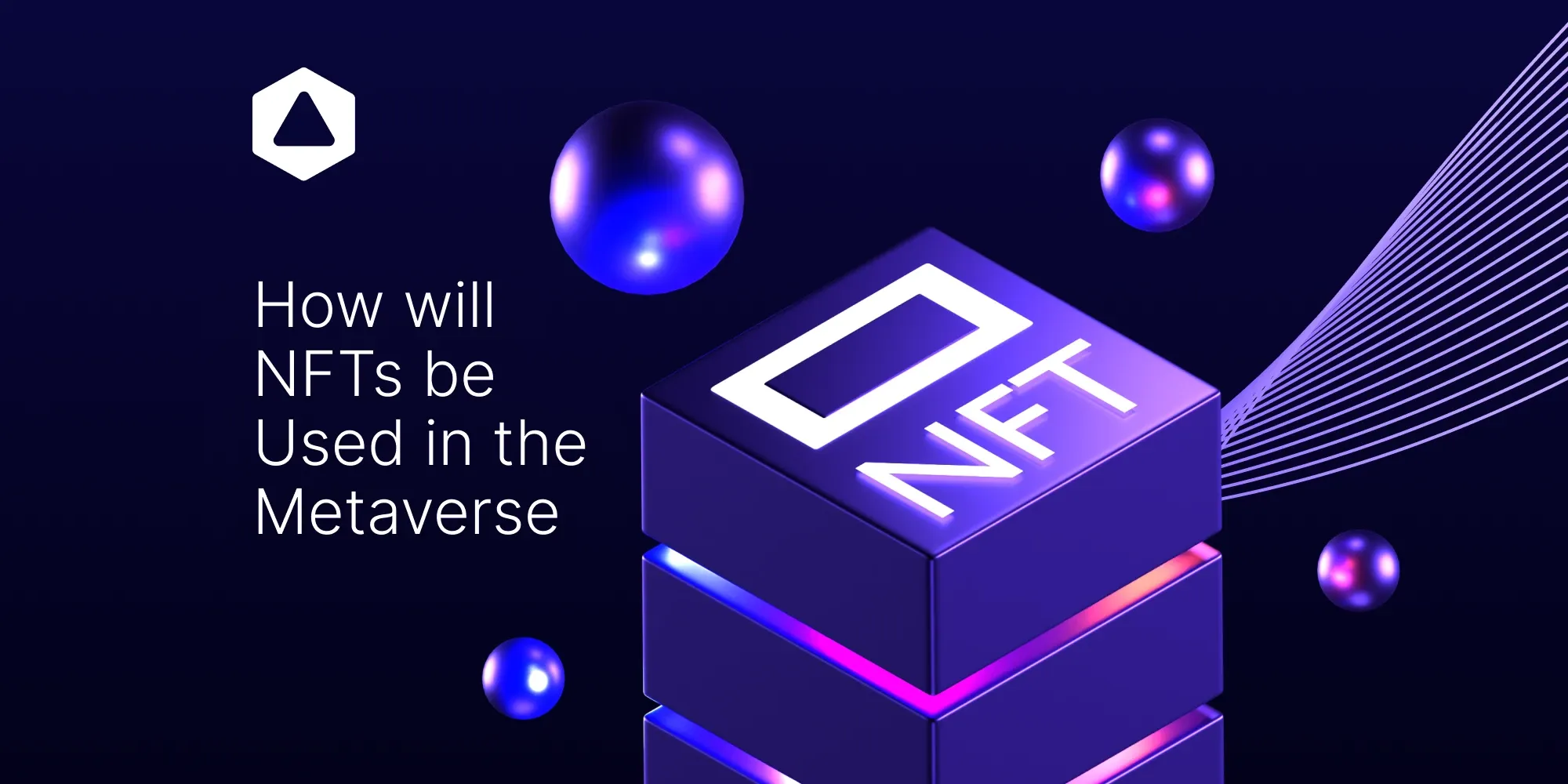
In bullish times, these P2E games have made millionaires and provided people with real income just by playing. Of course, this was a bubble and extravagant speculation. However, it could be a sneak peek into the future, when the real applications will launch and playing and earning becomes a reality.
How Filipinos were earning more by playing games than going to the work.
Difference Web 3.0 Gaming vs. Traditional Gaming
Interoperability
Another major difference between Web 3.0 and traditional gaming is interoperability - the ability to build on top of each other's games in a "Lego" like structure. Where players could trade and use digital assets across interoperable platforms. As crossplay is already common in regular gaming, this will likely expand further in the future to a more uniform virtual world that benefits both players and developers.
Decentralization
One of the most defining features of Web 3.0 games compared to traditional ones is the level of decentralization. Unlike traditional games controlled by the company behind the game and its developers or publishers, Web 3.0 games aim to be fully decentralized, or at least more decentralized, because even the most decentralized networks have some degree of centralization.
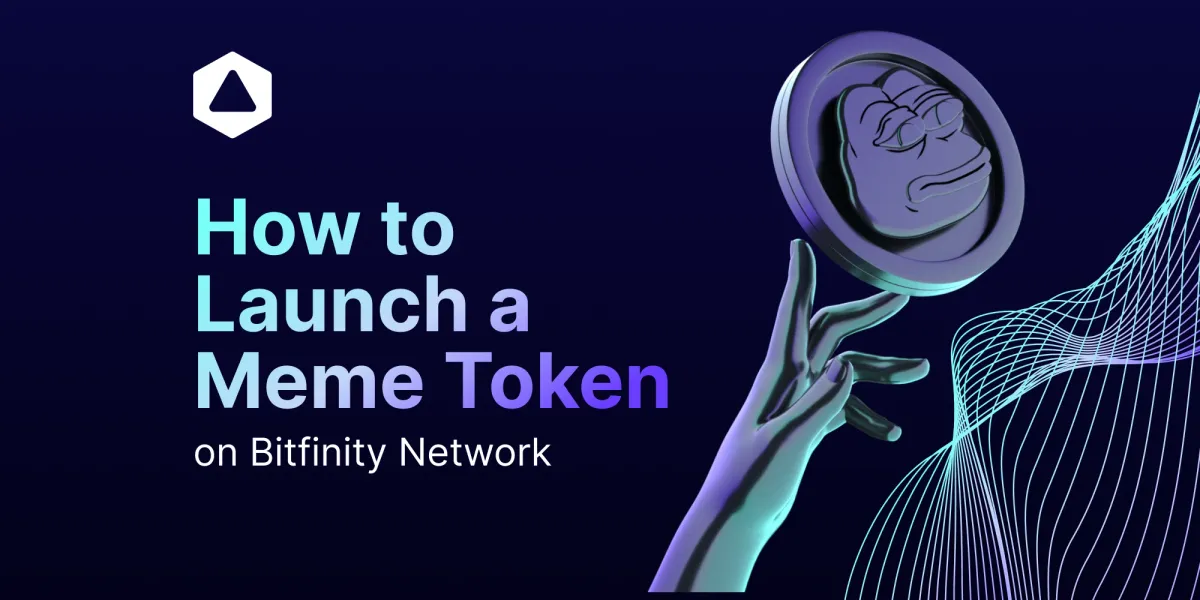
Ownership of In-Game Assets
In traditional gaming, players typically don't own any in-game assets they acquire or create. They are simply licensed to use these while playing. This will be different as players could be given full ownership of their in-game assets and collectibles, which will be represented as NFTs. Adding a new incentive for builders and collectors, gotta collect them all.
Play-to-Earn Model
Traditional games often follow a "free-to-play" or "pay-to-play" model. As mentioned earlier, this will not be the case in Web 3.0 gaming. Here, they will emphasize more of a "play-to-earn" model. Meaning players can earn real value from their in-game activities, not just waste time reaching the next level after the next.
Security of In-Game Assets
Web 3.0 gaming offers increased security for in-game assets and transactions by routing them through blockchain technology. Thereby reducing the risk of fraud and tampering, which are common problems in traditional gaming.
Transformations for the Gaming Supply Chain Industry
Besides the play-to-earn aspect and other clear benefits GameFi promises, the immutable ledger that blockchain offers could mean more upsides for solving different industry problems. It could, for example, be deployed to improve traceability and authenticity in the gaming products supply chain.
Blockchain could ensure information is shared effectively without manipulation. For instance, it could verify that real games are downloaded rather than fake games offered on questionable sites where players download torrents of new games.
Role of AI Revolution on Web 3.0 Gaming
Let's not forget the current hyped narrative around the revolution in creation - the role of artificial intelligence. Even now we can observe the integration of Artificial Intelligence (AI) and Machine Learning (ML) across industries.
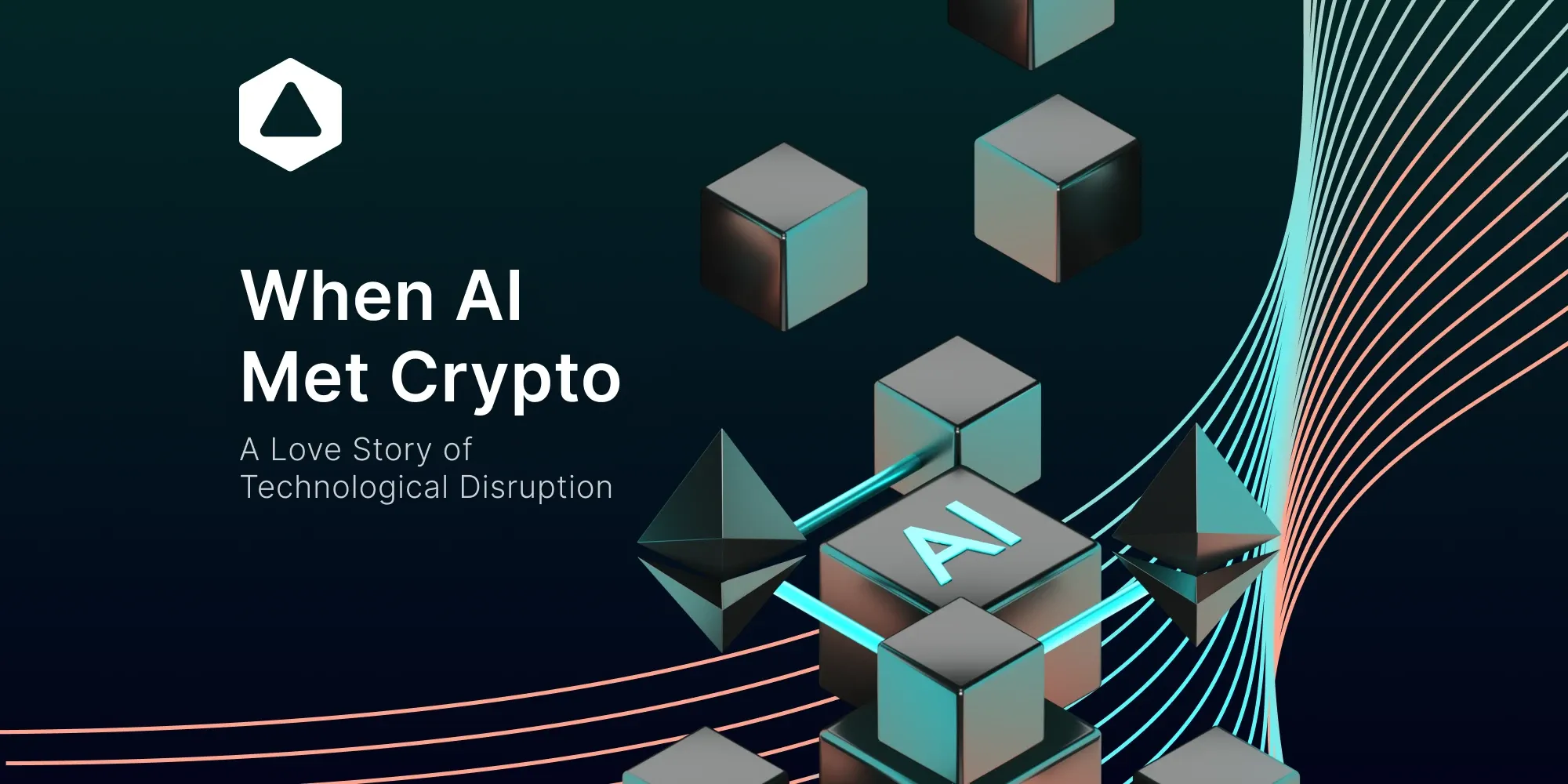
Games being developed will definitely incorporate Artificial Intelligence elements, which will also impact gaming in what can be called Web 3.0. Now we will take a closer look at how AI may be used in gaming:
- Creating Intelligent NPCs: AI can be used to create more interactive, natural, and realistic non-playable characters (NPCs).
- Game Environments: AI algorithms can generate dynamic events or challenges that adapt based on player actions, leading to more engaging gaming experiences.
- Game Design: AI will likely design various game aspects such as mechanics, code, or even entire game concepts. This could enable anyone with an idea to potentially create a game. Maybe it creates a future where AI engines can generate games from the slightest prompts.
- Player-Driven Economies: AI could help stabilize in-game digital economies better than relying solely on individual players. It may reduce pump and dump dynamics that can kill games and projects early on.
- Personalization: Eventually, players may load personalized avatars into the metaverse – imaginative self-representations that walk, talk, and act just as the player would like. This could enable a next level of unique, customized gaming experiences.
Challenges for Web 3.0 Gaming
Despite its enormous potential, Web 3.0 gaming is still not fully developed, as it faces significant challenges.
One of the most pressing issues is volatility and extreme price appreciation, which is good for some but very bad for new players. As new gamers want to pile in, hoping to earn some crypto, the old players sell their digital assets and leave the newcomers behind with low value collectibles and worthless tokens, as seen with Axie Infinity.
At one point, many were priced out of even buying a character to start with. Luckily, smart organizations saw this opportunity and started renting out characters. But from the all-time highs, the user bases and profits of P2E games collapsed in the same way the crypto bull market died out since 2021.
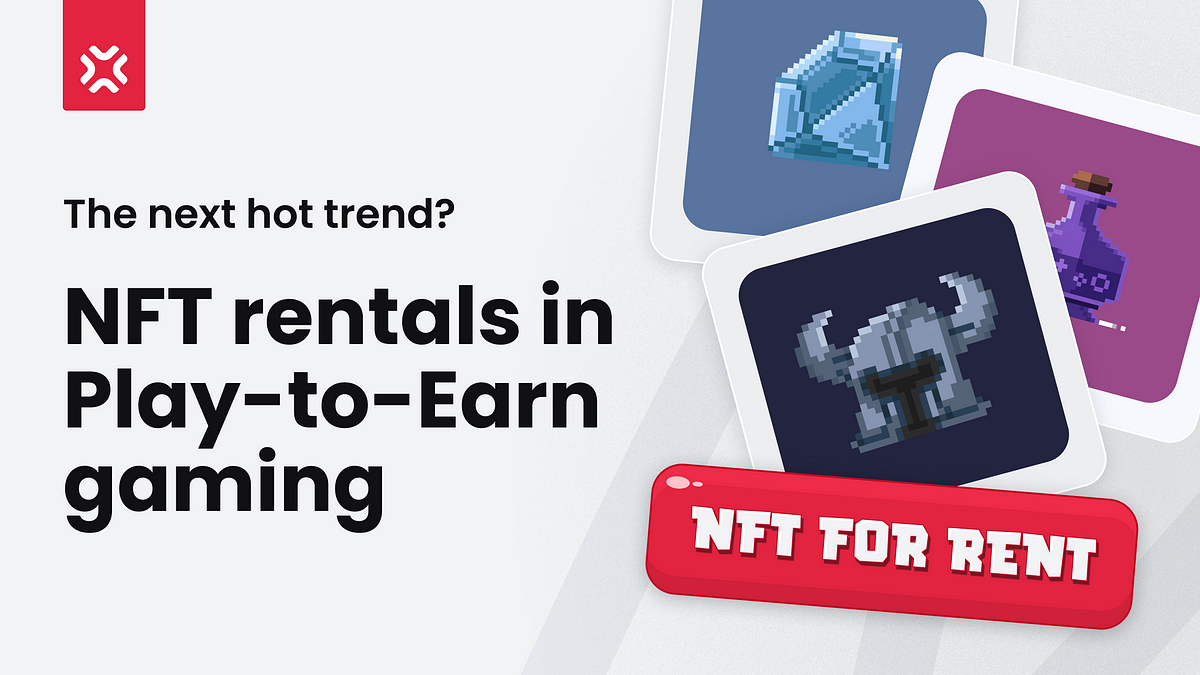
On top of that, another big challenge is the poor user experience of wallets and password management. Unlike traditional gaming platforms where users can easily reset passwords if they lose access, blockchain gaming offers no second chance. Lose access to your account and no one in the world, besides God, can help at that point - a huge un-user friendly pain point that still needs to be properly addressed.
Also, the usual challenges of blockchain technology apply, such as scalability, adoption, and regulations. So like everything in crypto, we can only speculate which direction the market and gaming population want to take this technology.
Most Popular Blockchain Crypto Games of 2023
As many have tried and many have fallen, we take a look at some of the relatively small pool of blockchain games that have survived into 2023.
Some of the notable blockchain games include:
- Axie Infinity: Axie Infinity had a golden run in 2021. It is by far the most well known for its play-to-earn model, where players can breed, battle, and trade digital creatures known as Axies.
- Alien Worlds: Alien Worlds is a game that has garnered attention for its immersive gameplay and use of NFTs.
- Splinterlands: Splinterlands is a trading card game that has seen significant popularity, offering players the ability to collect, trade, and battle with digital cards.
- Nine Chronicles: This PC-based RPG has been noted for its rise in popularity, offering an engaging gaming experience for players.
Games on the Internet Computer
MetaSports Basketball Association
The MetaSports Basketball Association (MBA) is developing a basketball video game that utilizes the Internet Computer for gameplay logic and transactions. MBA integrates popular NFT collections into playable 3D basketball characters.

Bounty Rush
Bounty Rush allows players to bet ICP and use Elementum NFTs for bonus points during quick match gameplay. Over 3 turns, players accumulate the most points through strategic gameplay to win.
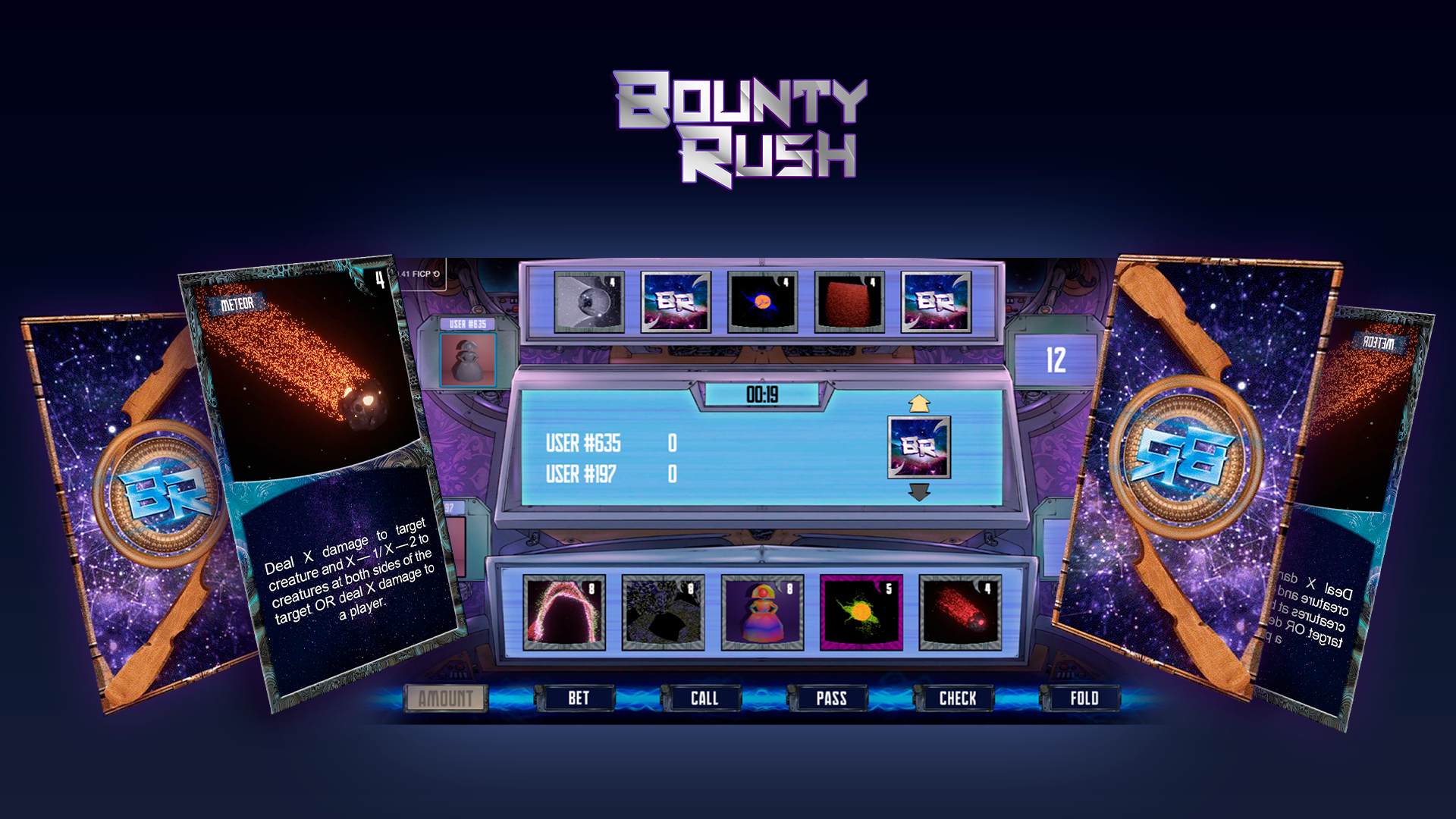
Conclusion
We could say that Web 3.0 gaming is at the forefront of an emerging narrative and has game-changing potential for the gaming industry itself. Through integration of GameFi elements, likely by traditional gaming companies, Web 3.0-based features will bring the best of both worlds to players globally.
It remains to be seen whether this is the killer application of crypto, or just a new wave of offerings being mimicked by legacy gaming companies. Either way, the mix of these innovations and the new possibilities being created with AI promise an exciting future for gaming. It will be game on!

Connect with Bitfinity Network
Bitfinity Wallet | Bitfinity Network | Twitter | Telegram | Discord | Github

*Important Disclaimer: While every effort is made on this website to provide accurate information, any opinions expressed or information disseminated do not necessarily reflect the views of Bitfinity itself. The information provided here is for general informational purposes only and should not be considered as financial advice.





Comments ()